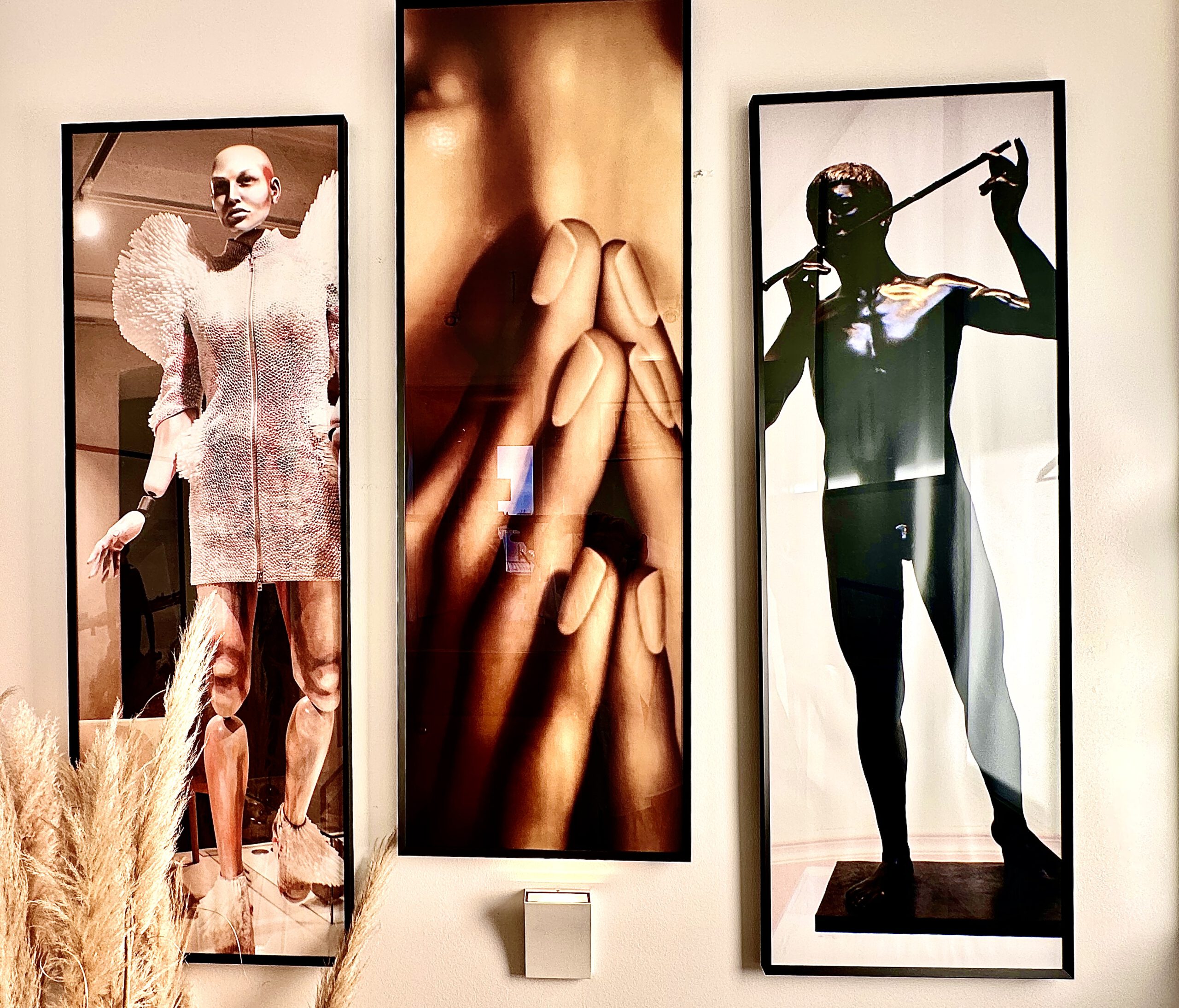Saphenion®: Krampfadertherapie in kalter Jahreszeit
Saphenion®: Krampfadern in kalter Jahreszeit – Krampfadern machen uns nicht nur an heißen Sommertagen zu schaffen. Es mag erstaunlich klingen, aber auch die kalte Jahreszeit birgt mannigfaltige Gefahren für unsere Beinvenen. Auch im Winter bereiten die Beinvenen Probleme, gibt es Risiken – wie Thrombose oder Venenentzündung. Oder die bestehenden Krampfadern schmerzen, schwellen an und sind stark erweitert.
Saphenion®: Varicose veins in the cold season – Varicose veins are not only a problem on hot summer days. It may sound surprising, but the cold season also poses a variety of risks for our leg veins. Even in winter, leg veins can cause problems and there are risks such as thrombosis or phlebitis. Existing varicose veins may also become painful, swollen, and severely dilated.





